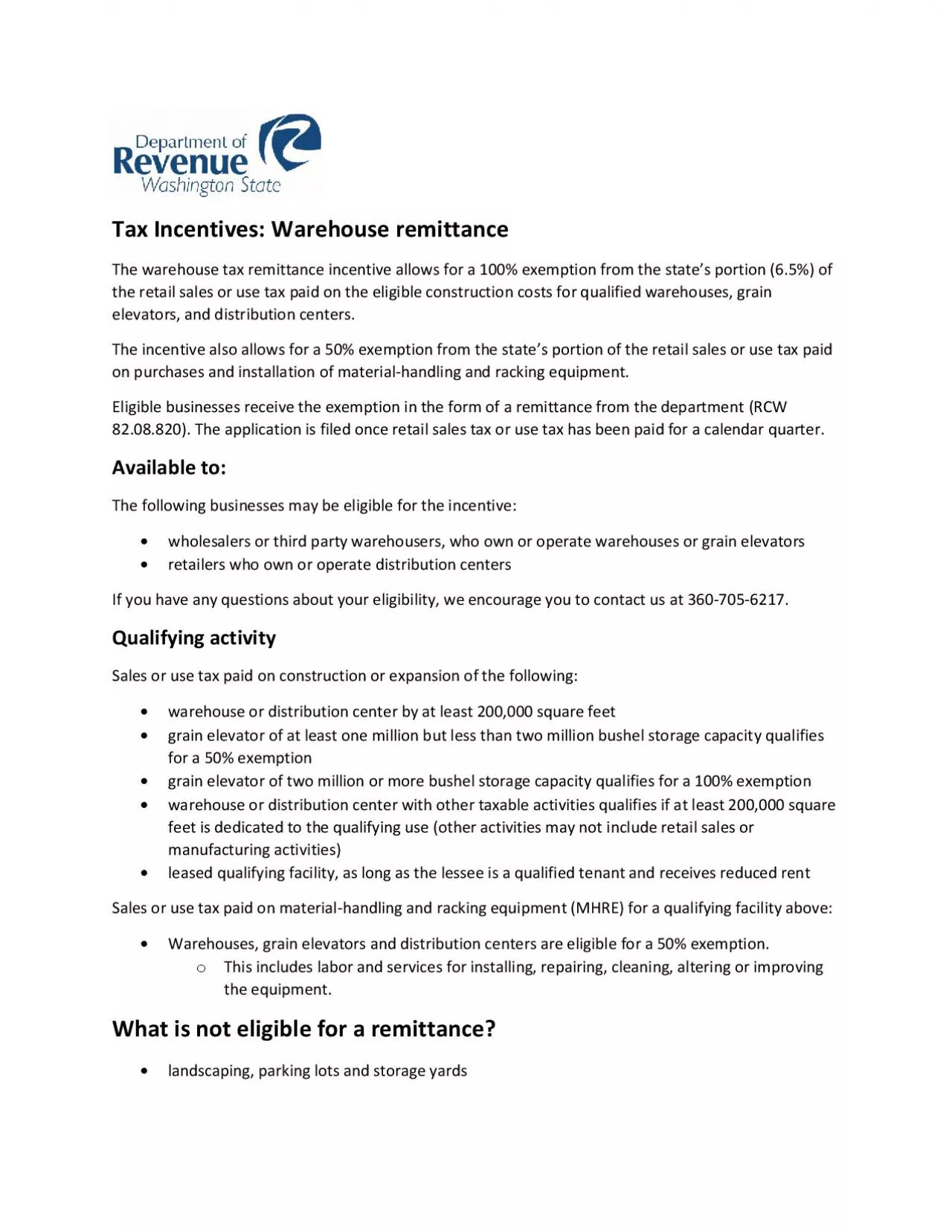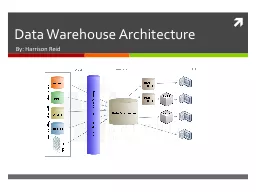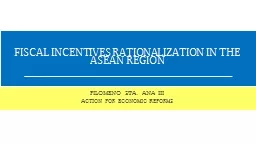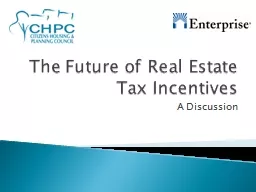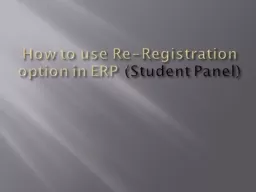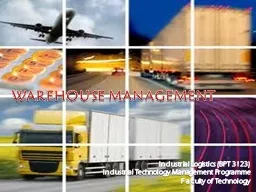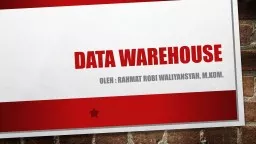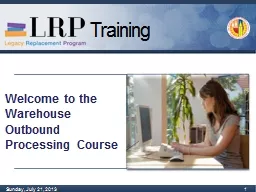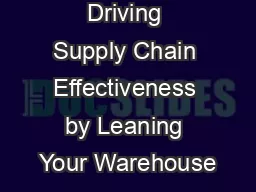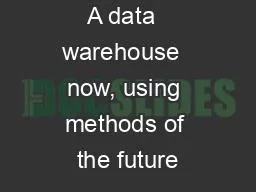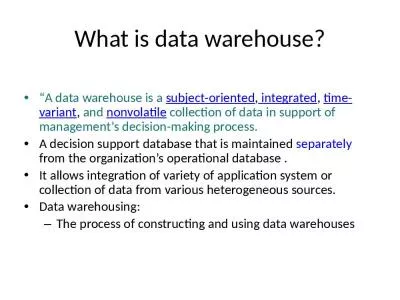PDF-Tax Incentives Warehouse remittance
Author : smith | Published Date : 2021-09-26
The warehouse tax remittance incentive allows for a 100 exemption from the states portion 65 of the retail sales or use tax paid on the eligible construction costs
Presentation Embed Code
Download Presentation
Download Presentation The PPT/PDF document "Tax Incentives Warehouse remittance" is the property of its rightful owner. Permission is granted to download and print the materials on this website for personal, non-commercial use only, and to display it on your personal computer provided you do not modify the materials and that you retain all copyright notices contained in the materials. By downloading content from our website, you accept the terms of this agreement.
Tax Incentives Warehouse remittance: Transcript
Download Rules Of Document
"Tax Incentives Warehouse remittance"The content belongs to its owner. You may download and print it for personal use, without modification, and keep all copyright notices. By downloading, you agree to these terms.
Related Documents

